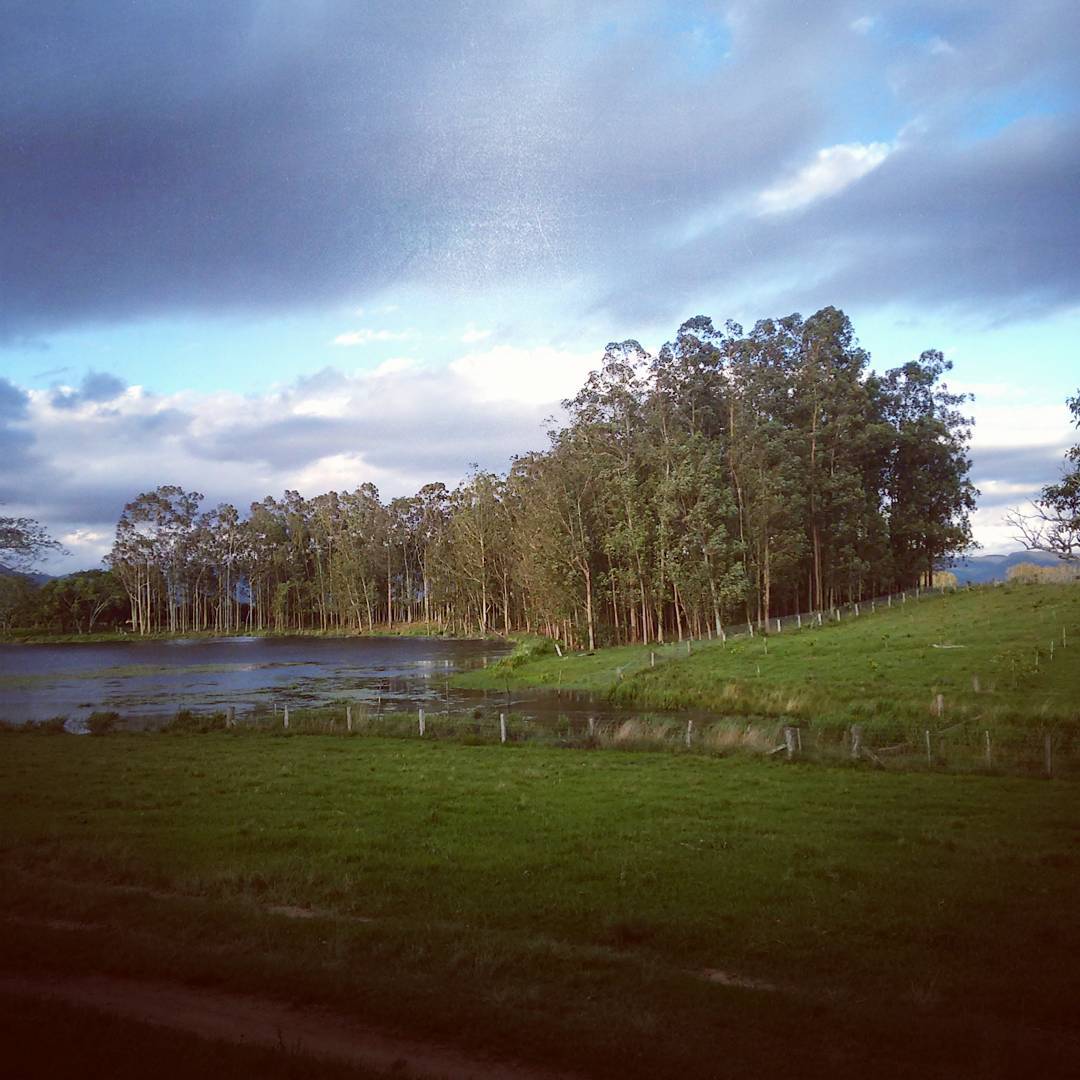
Uploaded on 2017-03-03 by Rodrigo Vielmo Moura
1.Check the temperature differences in US cities 1.Austin – 15 Degrees warmer 2. New York – 20 Degrees warmer 3. Washington – 21 Degrees warmer 2.Which are the main UHI effects that you can identify in your area? I currently live in Santa Maria in Brazil and this city is not very developed, it lacks quality public transport, good roads, new constructions and more sustainable techniques that reduce aggression to the environment. Santa Maria has a temperate climate with an average temperature of 19.3°C, with summer being 23.2°C and winter 14.2°C. The city is situated around many hills and can purify the air, but at the same time it is inside a hole generating islands of heat. It has few buildings of high scale, so it reduces the concentration of heat a little, but the buildings and houses are old and have little backing of the sidewalk leaving the city with less vegetation and also with a concentrated heat. When I visit the rural part of the city I feel the difference of the air, being cleaner and even more frosty. 3.Which are the measures you would propose? If I could make the decisions as architect of the city I would certainly invest in quality public transportation with electric buses, bike paths, because the city has a high level of traffic and is always in trouble on the streets. Another measure would be the initiative for more parks and laws that required new projects with sustainable solutions with photovoltaic panels, recyclable materials. 4.Is UHI effect concerning policy making in your area? Currently I do not know any political project that is being planned to reduce the UHI effect. Fonte Imagem: Rodrigo Vielmo,2016